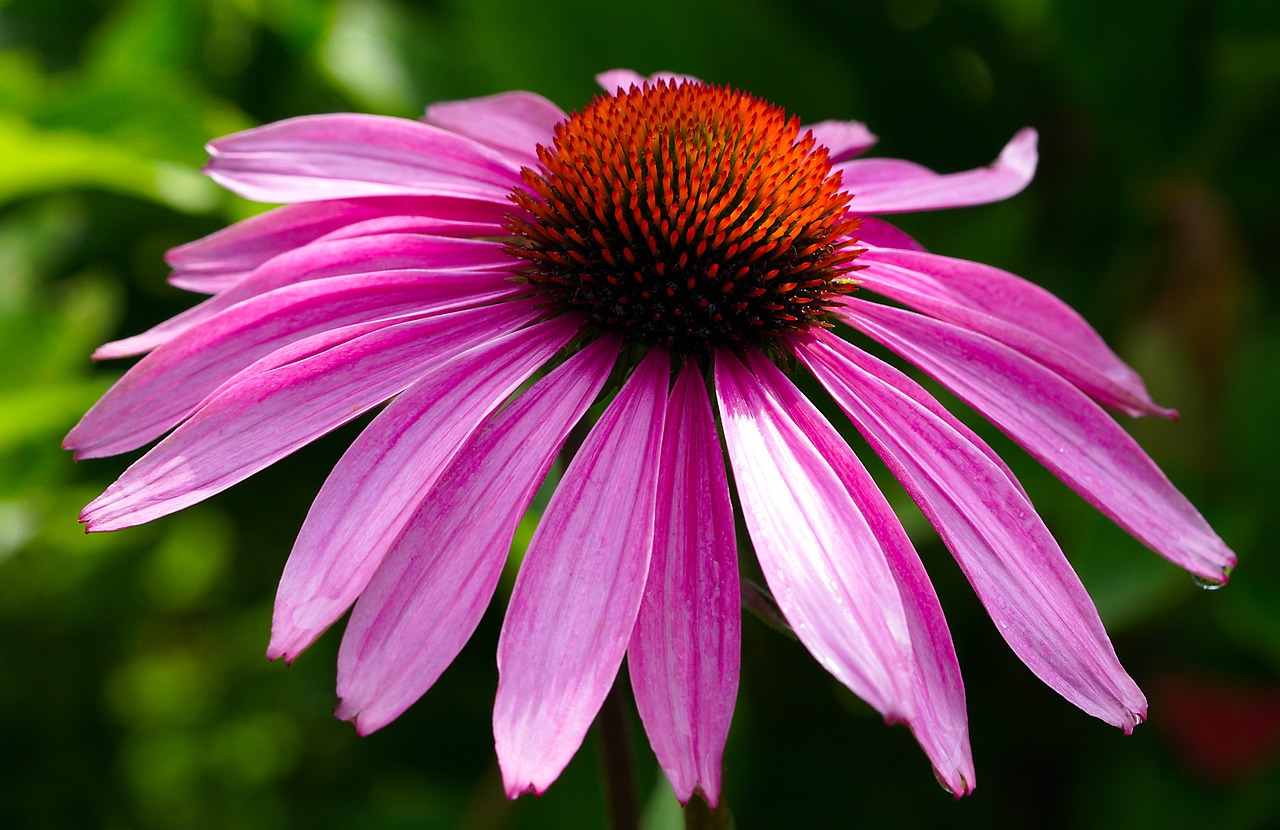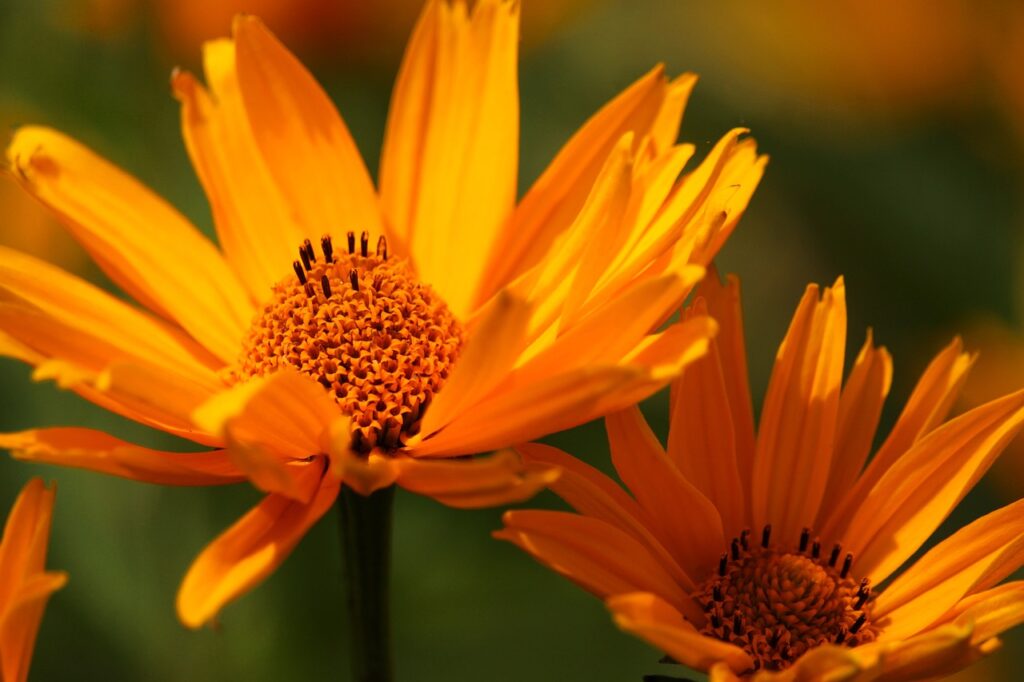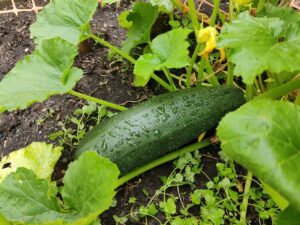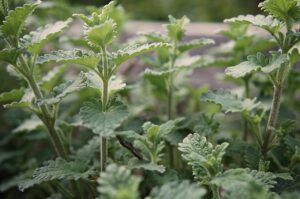Your Comprehensive Guide to Growing & Caring for Echinacea
Echinacea, also known as coneflowers, is a popular perennial plant prized for its stunning blooms and medicinal properties. In this article, we’ll take you through a step-by-step process on how to grow echinacea, how to plant coneflower seeds, and how to harvest coneflower seeds. We’ll also discuss when do coneflowers bloom, various coneflower varieties, and the many benefits of this beautiful echinacea plant. Let’s dive in and start cultivating your very own echinacea flower garden.
I. Selecting the Right Coneflower Varieties
- Echinacea Purpurea: Also known as the purple coneflower, this is the most popular and widely known variety. It produces large, purple-pink flowers with a prominent central cone.
- Echinacea Angustifolia: Commonly known as narrow-leaf coneflower, this variety has narrower leaves and smaller flowers than its purpurea cousin.
- Echinacea Pallida: Pale purple coneflower is a variety with slender petals and pale pink to white flowers.
- Echinacea Paradoxa: This variety, known as the yellow coneflower, stands out with its bright yellow petals and dark brown central cone.
II. How to Plant Echinacea: Choosing the Perfect Spot
- Sunlight: Coneflowers thrive in full sun, so choose a location that receives at least six hours of direct sunlight daily.
- Soil: Echinacea plants prefer well-draining soil with a pH between 6.0 and 7.0. Amend the soil with organic matter if necessary to improve its texture and fertility.
- Space: Give each plant at least 18 inches of space to allow for proper air circulation and growth.
III. How to Grow Echinacea from Seed
How to Plant Coneflower Seeds: Sowing & Germination
-
A. Timing: Choosing the Ideal Season for Planting
- Spring Planting: The best time to plant coneflower seeds is in the spring after the danger of frost has passed. This allows the seedlings to establish themselves before the hotter summer months.
- Early Summer Planting: Alternatively, you can plant coneflower seeds in early summer. This may result in a slightly later bloom time, but your plants will still produce flowers in their first season.
B. Preparation: Creating the Optimal Soil Environment
- Soil Loosening: Loosen the soil to a depth of 12 inches using a garden fork or tiller. This helps to improve aeration and drainage, making it easier for the seedlings’ roots to penetrate and establish themselves.
- Soil Enrichment: Mix in some organic compost or well-rotted manure to add nutrients and improve the soil structure. This will help ensure healthy growth and abundant blooms.
C. Sowing: Planting Your Coneflower Seeds for Success
- Seed Distribution: Scatter the seeds evenly on the soil surface, ensuring there’s enough space between them to prevent overcrowding as the plants grow.
- Seed Covering: Gently cover the seeds with a thin layer of soil or compost, approximately 1/8 to 1/4 inch deep. This will protect the seeds from being eaten by birds or washed away by rain.
- Watering: Water the planting area gently using a fine spray or mist to settle the soil without disturbing the seeds. Keep the soil consistently moist but not soggy throughout the germination process.
D. Germination: Encouraging the Emergence of Seedlings
- Temperature: The ideal temperature for coneflower seed germination is between 65°F and 70°F. Cooler temperatures may slow germination, while warmer temperatures can speed up the process.
- Monitoring: Keep an eye on the soil moisture and ensure it remains consistently moist, as allowing the soil to dry out can hinder germination.
- Seedling Emergence: Germination should occur within 10-20 days, depending on the temperature and growing conditions. Once the seedlings have developed a set of true leaves, you can begin to thin them out, leaving the healthiest plants to continue growing.
IV. Coneflower Care: Watering, Fertilizing & Pruning
Watering: Keeping Your Coneflowers Hydrated & Healthy
- Frequency: Water your coneflowers regularly, especially during dry spells. Allow the top inch of soil to dry out between waterings to prevent overwatering and root rot.
- Technique: Use a soaker hose or drip irrigation system to water the plants at the base, avoiding wetting the foliage. This helps prevent the spread of diseases and encourages deep-root growth.
- Monitoring: Check the soil moisture regularly by sticking your finger about an inch into the soil. If it feels dry, it’s time to water your coneflowers.
Fertilizing: Providing Essential Nutrients for Optimal Growth & Blooms
- Type of Fertilizer: Choose a balanced, slow-release fertilizer with equal amounts of nitrogen, phosphorus, and potassium (e.g., a 10-10-10 formula) to promote overall plant health, strong growth, and prolific blooms.
- Application: Apply the fertilizer in the spring when new growth begins to emerge and again in mid-summer to give your coneflowers a nutrient boost for continuous blooming.
- Method: Sprinkle the fertilizer around the base of the plants, following the package instructions for the recommended amount. Be sure to keep the fertilizer at least 2-3 inches away from the plant stems to prevent burning.
Pruning: Encouraging Healthy Growth & Prolonged Flowering
- Deadheading: Regularly remove spent flowers by pinching or snipping them off just below the flower head. This encourages further blooming and prevents the plant from putting energy into seed production.
- Cutting Back: In late fall or early spring, cut back the entire plant to about 4 inches above the ground. This helps promote new growth, maintain a tidy appearance, and reduce the risk of pests and diseases.
- Thinning: If your coneflowers become overcrowded, thin them out by removing weaker or damaged stems at the base. This allows for better air circulation and sunlight penetration, which helps to prevent diseases and encourages stronger growth.
Pest and Disease Control: Keeping Your Coneflowers Healthy & Vibrant
- Common Pests: Coneflowers may occasionally be bothered by aphids, spider mites, or Japanese beetles. Inspect your plants regularly and address any infestations promptly.Aphids and Spider Mites: If you notice small, soft-bodied insects or webbing on your coneflowers, spray the affected areas with a strong stream of water to dislodge the pests. If the infestation persists, use insecticidal soap or neem oil according to the product instructions.
Japanese Beetles: Handpick Japanese beetles from your plants in the early morning when they are less active. Drop them into a bucket of soapy water to dispose of them. For more severe infestations, consider using pheromone traps or applying a product containing Bacillus thuringiensis (Bt) to control the beetle larvae in the soil.
- Common Diseases: Coneflowers can be susceptible to fungal diseases, such as powdery mildew and leaf spot, particularly in humid conditions or when planted too closely together.Powdery Mildew: This fungal disease appears as a white, powdery substance on the leaves and stems. To prevent it, ensure proper air circulation and avoid overhead watering. Treat the affected plants with a fungicide specifically labelled for powdery mildew control if powdery mildew appears.
Leaf Spot: Leaf spot diseases cause irregular, dark spots on the foliage. Remove any infected leaves and avoid overhead watering. If the problem persists, apply a fungicide labelled for leaf spot control.
Winter Coneflower Care
- Mulching: After cutting back the plants in late fall, apply a 2-3 inch layer of organic mulch around the base of the coneflowers. This helps to insulate the root system, retain moisture, and suppress weeds.
- Protection: In colder climates, consider using a protective winter cover, such as a frost cloth or burlap, to shield your coneflowers from harsh winds and heavy snow. Remove the cover in early spring when temperatures begin to rise, and new growth emerges.
By following these coneflower care guidelines for watering, fertilizing, pruning, pest and disease control, and winter preparation, you can ensure your echinacea plants’ long-term health and beauty. With a little attention and care, your coneflowers will reward you with stunning blooms and a thriving garden for years to come.
V. When Do Coneflowers Bloom
- Most coneflower varieties will begin blooming in mid to late summer and continue to produce flowers until the first frost. Some varieties, like Echinacea purpurea, may even start blooming as early as late spring.
VI. How to Harvest Coneflower Seeds
- Wait for the flower heads to turn brown and dry out, usually in late summer or early fall.
- Cut the seed heads from the plant, leaving a few inches of stem attached.
- Place the seed heads in a paper bag or container and store them in a cool, dry place for a few weeks to allow the seeds to ripen and dry fully.
- Once the seeds are completely dry, gently rub the seed heads between your fingers or use a small brush to release the seeds from the cone.
- Separate the seeds from any chaff and store them in a cool, dry place in a labelled, airtight container until you’re ready to plant them the following year.
Related Article: Top 10 Low-Maintenance Perennial Flowers.
VII. Echinacea Uses: Exploring the Medicinal & Ornamental Benefits
Medicinal Uses: Boosting Immunity & More
- Immune Support: Echinacea is widely known for its immune-boosting properties. It’s commonly used to help prevent and treat colds, flu, and upper respiratory infections by stimulating the immune system and reducing inflammation.
- Wound Healing: The antimicrobial and anti-inflammatory properties of echinacea make it an effective natural remedy for promoting wound healing, reducing skin inflammation, and treating minor skin infections.
- Pain Relief: Echinacea has traditionally been used to help alleviate pain from toothaches, sore throats, and headaches.
- Digestive Health: Echinacea is also believed to aid digestion and help relieve symptoms of gastrointestinal disorders, such as bloating and constipation.
Note: Always consult a healthcare professional before using echinacea or any other herbal supplement, especially if you are pregnant, breastfeeding, or taking medication.
Related External Link: National Institutes of Health: Echinacea.
Ornamental Uses: Beautifying Your Garden & Attracting Pollinators
- Garden Design: With their vibrant colours and unique flower shapes, coneflowers make a stunning addition to any garden design. They work well as border plants, in mixed flower beds, or as a focal point in a cottage or wildflower garden.
- Pollinator Attraction: Echinacea flowers are rich in nectar, making them a favourite among bees, butterflies, and other pollinators. Planting coneflowers can help support local pollinator populations and enhance your garden’s overall biodiversity.
- Cut Flowers: Coneflowers make beautiful and long-lasting cut flowers, perfect for brightening up your home or as a thoughtful gift. Harvest blooms in the morning when they are fully open, and place them in water immediately to extend their vase life.
- Wildlife Habitat: The seed heads of coneflowers are a valuable food source for birds, particularly goldfinches, during the fall and winter months. By allowing some of your coneflowers to go to seed, you can provide sustenance for local bird populations and enjoy watching them visit your garden.
Conclusion
Growing echinacea, or coneflowers, is a rewarding endeavour that adds beauty and functionality to your garden. By following our detailed guide on how to grow echinacea, how to plant coneflower seeds, and how to harvest coneflower seeds, you’ll be well on your way to a thriving echinacea flower garden. Remember to choose the right coneflower varieties and plant them in a suitable location for optimal growth. With proper care and attention, you can enjoy stunning blooms from your echinacea plants for years to come.





